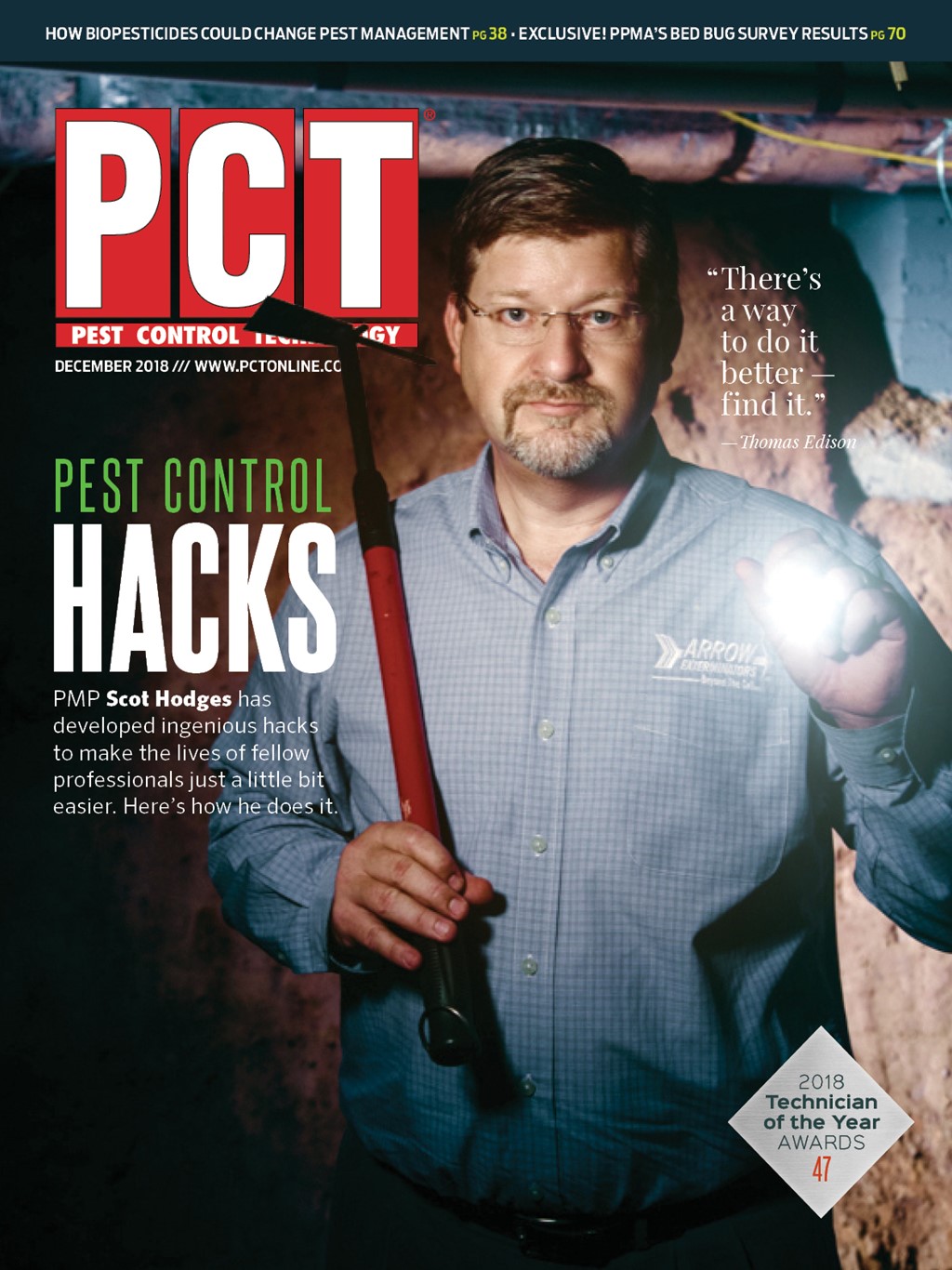
While PMPs are used to controlling a variety of rodents, not many can say they’ve been face-to-face with 20-pound rodents known as “nutria.” Those who have likely live in the coastal wetlands of Louisiana — an area under threat from these invasive semi-aquatic rodents. As the coastline disappears, hunters and trappers, fishermen and shrimpers, storytellers and musicians are leaving en masse. Nonetheless, a stalwart few remain and are fighting back.
A new documentary — “Rodents of Unusual Size” — tells the story of one such diehard, Thomas Gonzales, and his community of Delacroix Island, as they fight the invasion of the rodents. The state of Louisiana has started a program that pays a $5 bounty for every nutria tail collected, which has helped the effort by encouraging former trappers to hunt the nutrias for their tails instead of the fur. Others have tried business ventures to harvest the nutria for their fur and meat in hopes that by creating a demand for this sustainable resource they can help protect the wetlands and fight back the rodents.

Another star of the film is Kermit Ruffins, a local celebrity and jazz musician, who barbeques nutria outside his concerts in an effort to create interest in eating the rodents. Then there is the Native American tribe who wants to return to their trapping past by selling the pelts to Russia and China. Also profiled is the fashion collective known as Righteous Fur who designs clothes made out of nutria fur, puts on fashion shows, and tries to renew the demand in the fur industry by promoting “sustainable fur” that will save the wetlands.

And yet despite the havoc this invasive species has done to Southern Louisiana, it has also been embraced by the culture. The Audubon Zoo in New Orleans has opened a nutria exhibit, the local Triple-A baseball team has a nutria as a mascot and some Cajuns even have nutria as pets.
As the filmmakers noted in a press release, “Through these offbeat and unexpected stories of the people confronting the nutria problem, ‘Rodents of Unusual Size’ examines issues surrounding coastal erosion, the devastation surrounding hurricanes, loss of culture and homeland, and the resilience of the human spirit.”
Learn more about the documentary at www.rodentsofunusualsize.tv.

Explore the December 2018 Issue
Check out more from this issue and find your next story to read.
Latest from Pest Control Technology
- SiteOne Hosts 2024 Women in Green Industry Conference
- Veseris Celebrates Grand Reopening of the Miami ProCenter
- Rollins' 2024 Second Quarters Revenues up 8.7 Percent YOY
- Fleetio Go Fleet Maintenance App Now Available in Spanish
- German Cockroach Control Mythbusting
- Total Pest Control Acquires Target Pest Control
- NPMA Workforce Development Shares Hiring Updates
- Certus Acquires Jarrod's Pest Control





